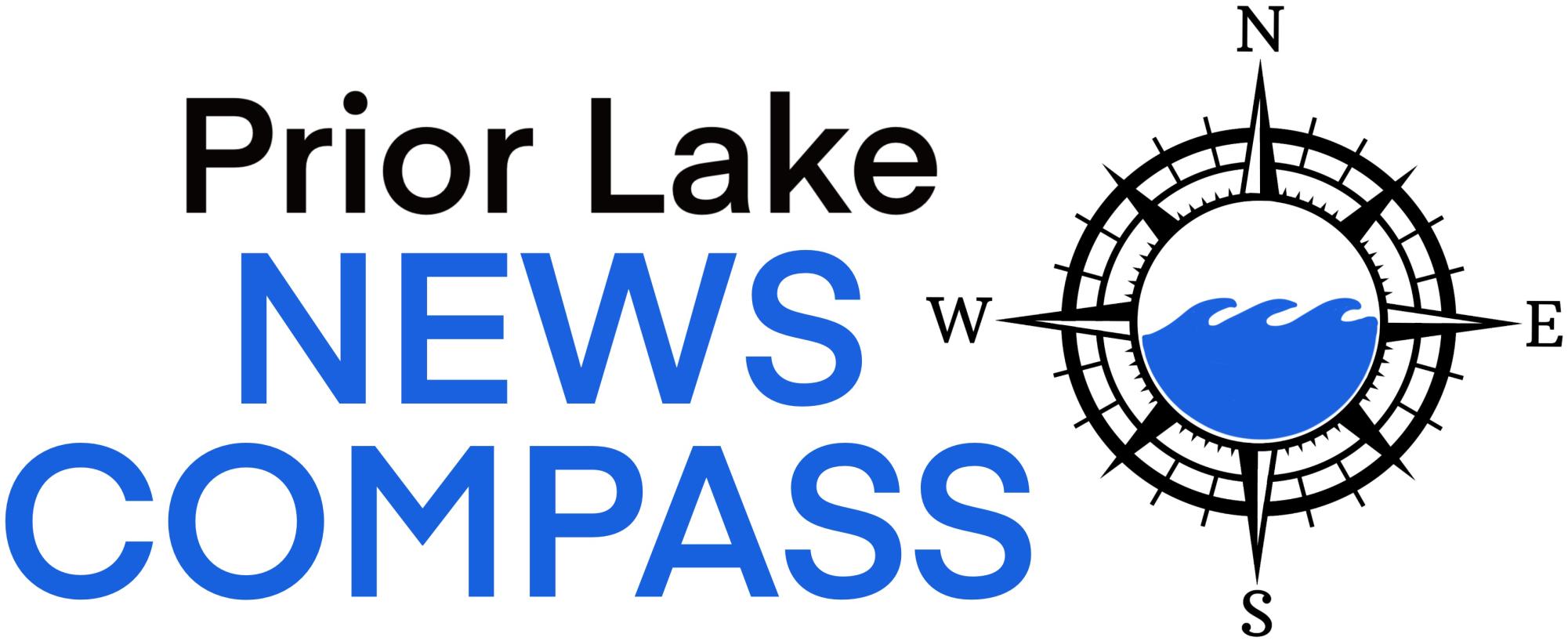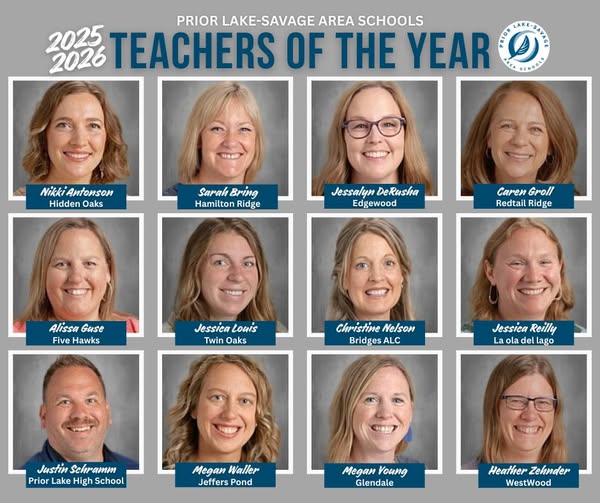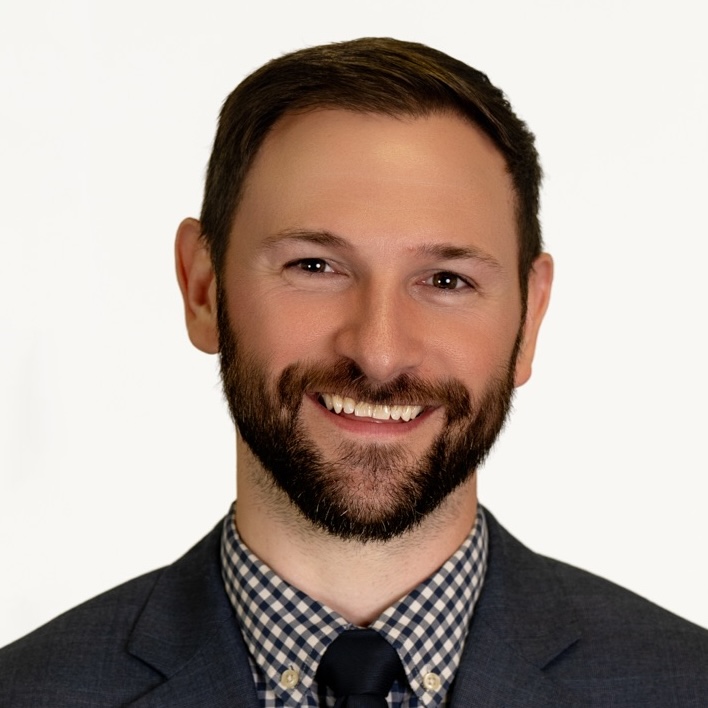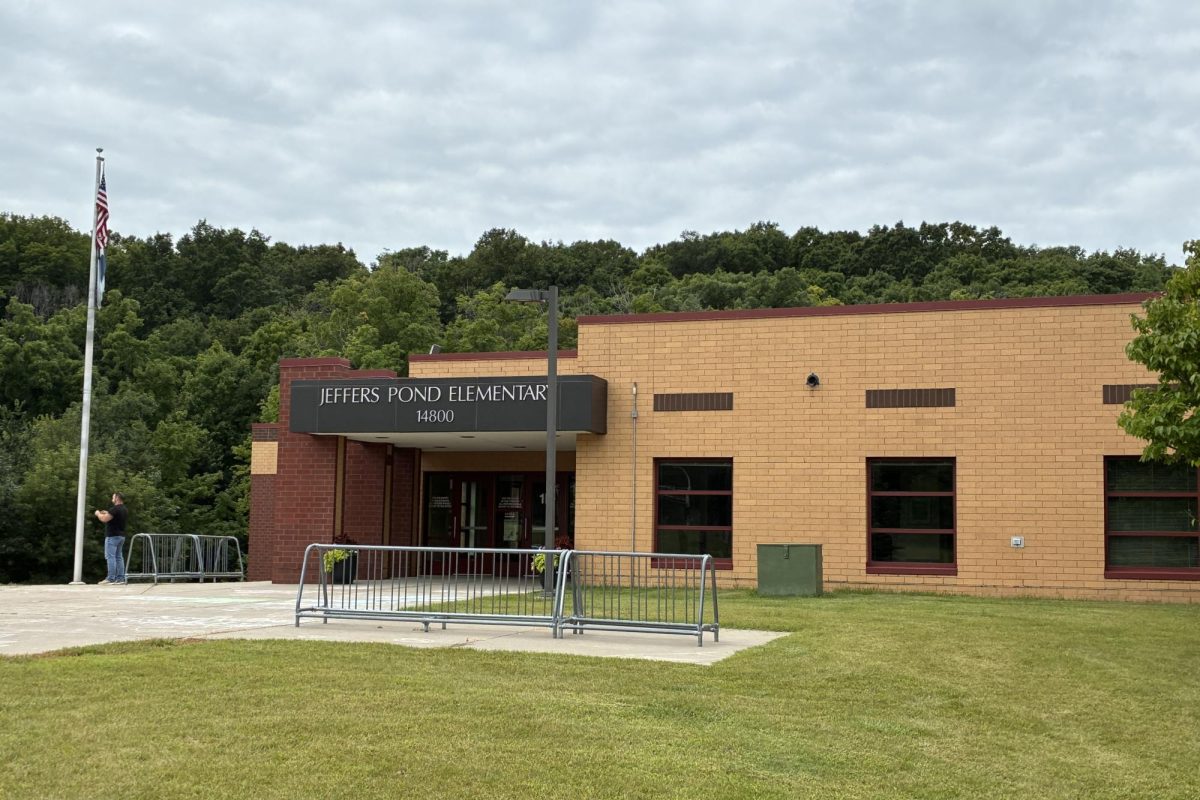As Dr. Michael Thomas began his fourth year in recent weeks as Superintendent of Prior Lake-Savage Area Schools, his mantra for the new year includes the phrase “growing to succeed.”
As the leader of close to 8,600 students and 1,300 staff members, he was excited for the first day of school, despite the challenges faced by the district that include major budget cuts and restructuring that will be put into motion throughout this school year and the next.
While he acknowledges his disappointment in last fall’s rejection by voters of the proposed 10-year operating levy, Thomas said he totally supports the democratic process. He said local voters have spoken, and it’s time to move forward with the best operating plan to meet student needs that fits within the district’s budget.
“We have to manage our district accordingly,” Thomas said, noting administrative staff leaders began preparing for various scenarios before the November vote took place. “There are local and state conversations that need to be had regarding the funding of education, and there are only so many reductions we can make before the impact becomes much more substantial.”
Approximately $4 million in budget cuts were approved by the school board for the 2024-25 year, while reductions totaling another $4.1 million were authorized for the current school year. In recent months, approval was also given for the sale of the district services center building, and using the WestWood Elementary building in the next school year as a center for the La ola del lago Spanish immersion program, rather than a neighborhood school.
District officials are currently in the process of reviewing new school attendance boundaries, which will be finalized by the end of November. The outcome will mean some children in elementary grades will be attending different schools within the district at the start of the 2026-27 year.
PLSAS is far from being the lone district in facing significant financial challenges. Thomas said money shortfalls represent a common thread throughout many metro schools. Student enrollment is generally going down due to declining birth rates which impacts per-pupil funding received by the state. Shakopee, Farmington, and Eastern Carver County are just a few of the neighboring districts that have also approved or will be considering big budget reductions. The trend is expected to continue in the future.
Thomas estimates that cumulative cuts made by metro area school districts for the current year total nearly $200 million. For most districts, including PLSAS, the reduced budgets have resulted in larger class sizes, increased participation fees, staffing reductions and elimination of some programs.
If the state’s funding formula for public education does not change within the next three years and our local funding remains the same, he predicts the PLSAS district will be in statutory operating debt. A negative fund balance would represent a debt, and the Minnesota Department of Education would require the district to submit a formal plan outlining how the shortfall would be eliminated and its status returned to financial stability.
Thomas expressed frustration that state funding does not cover the minimum of what is needed to fund school operations, and while some increases have been approved in recent years, those dollars have usually been mandated for use within specific programs.
One such program is the state’s “Reading to Ensure Academic Development” (READ) Act passed by the legislature in 2023 in an effort to improve state literacy scores. Its goal is to have every Minnesota child reading at or above grade level every year, beginning in kindergarten, and to support multilingual learners and students receiving special education service in achieving their individualized goal. Materials used to instruct students are consistent throughout the state and focus on foundational skills such as phonics, oral language and reading comprehension.
“I applaud the state’s commitment to improve literacy, but the program did not come fully funded,” Thomas said, adding that the district will make a significant financial investment in the purchase of new curriculum materials and testing resources. He suggested that the state should fully fund all educational basics that involve science, math, social studies and reading studies, along with any new mandates that passed.
“Education is the one institution everyone needs to go through,” Thomas said. “If we don’t have a solid education system, we will not be preparing our future leaders or giving kids the skills they need to be more competitive in the future.”
He points to demographic changes that have occurred in all school systems across the country. Student populations are more diverse and generally have more needs. The number of homeless students has been increasing, particularly at the high school level. Those changes, he said, have required all who work in the district to develop a mindset that focuses on continued improvement so the best outcomes can be achieved by students who have a variety of needs and may require more help.
“The role of education has grown well outside of the initial scope,” Thomas said. “We’ve needed to develop more of a partnership with both the parents and the community.”
Because of the constant changes seen in education, the district opted to enlist the services of the Studer Education Center which concentrates on improving learner outcomes and staff leadership skills, along with developing annual stakeholder surveys.
“I’m am optimistic with the direction we’re are taking,” Thomas said. “We need to ask ourselves if we’re measuring what truly matters and then develop a universal standard that measures how students are performing. We need more developmental changes versus judgmental changes. We need to measure and focus on what truly matters.”
Thomas said he spends an average of two days per week in local school buildings, meeting with staff members, talking to students and observing daily norms. Based on the tenets of the Studer program, there is now a broader dissemination of information among staff so all are fully aware of learning trends within the district and where more attention should be directed. He acknowledged that change takes time and data doesn’t provide all answers, but his goal is for all staff members to think more creatively, strive to duplicate successes at all grade levels, and bring the community together.
“I absolutely have a passion and love for serving the Prior Lake and Savage community, and do so as a local resident,” Thomas said. “Our goal should not be to fall in love with our function, but fall in love with our purpose. And our purpose is to give students everything they need to chase their dreams.”
Superintendent’s ‘State of the District’ scheduled for Sept. 24
Dr. Michael Thomas, PLSAS Superintendent, will present his “State of the District” address on Wednesday, Sept. 24, from 6 to 7 p.m. at the District Services Center, 4540 Tower St., Prior Lake.
His presentation will focus on student successes, district finances, building consolidations and future changes that have been approved in the district.
The event will be live-streamed and recorded for future viewing after Sept. 24 at www.plsas.org/event.







